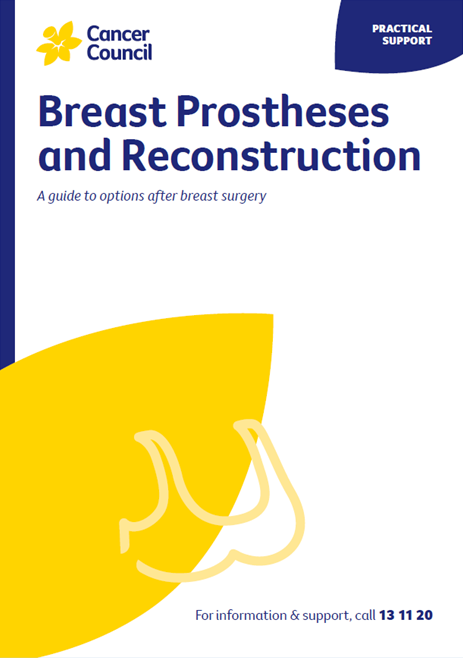- Home
- Breast cancer
- Treatment
- Surgery
- Breast-conserving surgery
Breast-conserving surgery
Removing only part of the breast is called breast-conserving surgery. It is also known as a lumpectomy or wide local excision.
The surgeon removes the tumour and some of the healthy tissue around it, so that you can keep as much of your breast as possible. The operation will leave a scar, and it may change the size and shape of the breast and the position of the nipple.
Pathology tests on breast tissue
A pathologist looks at the removed tissue under a microscope to check for an area of healthy cells around the cancer (called a clear margin).
The pathologist will also give information about:
- the size and grade of the cancer
- whether the cells are hormone receptor positive and/or HER2+ or triple negative
- whether the cancer has spread to any lymph nodes.
If your removed tissue shows multiple cancers, each cancer will be tested separately. The pathology report will help your doctors work out what other treatment may be best for you. If there are cancer cells found close at the edge of the tissue (which is called an involved or positive margin), there is a higher risk of the cancer returning.
You may need to have further surgery to remove more tissue (called a re-excision or wider excision). Your doctor may also suggest that you have a mastectomy.
After having breast-conserving surgery, you will usually then have radiation therapy to destroy any cancer cells that may be left in the breast or armpit.
Learn more about surgery.
Podcast: Making Treatment Decisions
Listen to more episodes from our podcast for people affected by cancer
More resources
Dr Diana Adams, Medical Oncologist, Macarthur Cancer Therapy Centre, NSW; Prof Bruce Mann, Specialist Breast Surgeon and Director, Breast Cancer Services, The Royal Melbourne and The Royal Women’s Hospitals, VIC; Dr Shagun Aggarwal, Specialist Plastic and Reconstructive Surgeon, Prince of Wales, Sydney Children’s and Royal Hospital for Women, NSW; Andrea Concannon, consumer; Jenny Gilchrist, Nurse Practitioner Breast Oncology, Macquarie University Hospital, NSW; Monica Graham, 13 11 20 Consultant, Cancer Council WA; Natasha Keir, Nurse Practitioner Breast Oncology, GenesisCare, QLD; Dr Bronwyn Kennedy, Breast Physician, Chris O’Brien Lifehouse and Westmead Breast Cancer Institute, NSW; Lisa Montgomery, consumer; A/Prof Sanjay Warrier, Specialist Breast Surgeon, Chris O’Brien Lifehouse, NSW; Dr Janice Yeh, Radiation Oncologist, Peter MacCallum Cancer Centre, VIC.
View the Cancer Council NSW editorial policy.
View all publications or call 13 11 20 for free printed copies.

